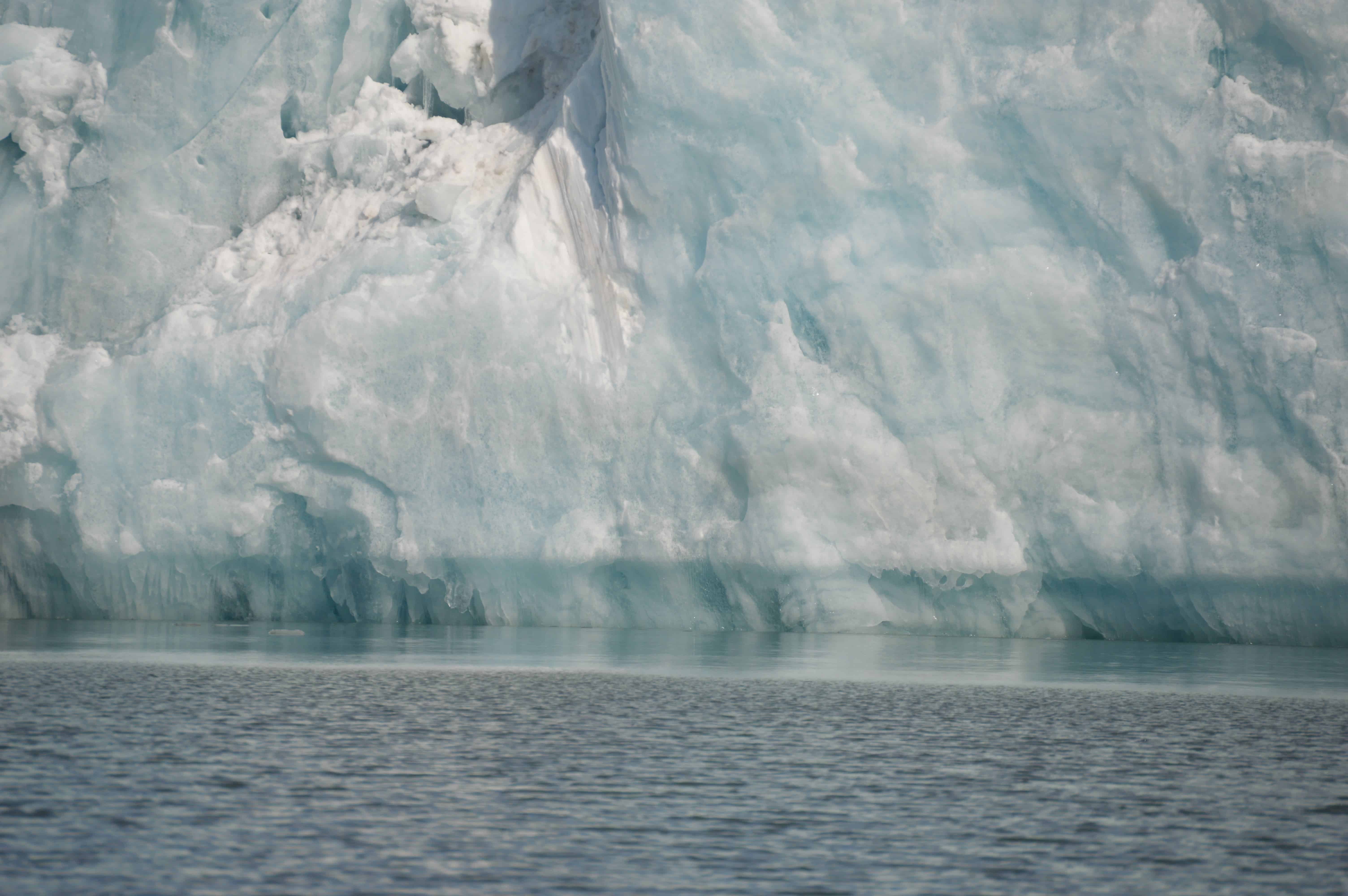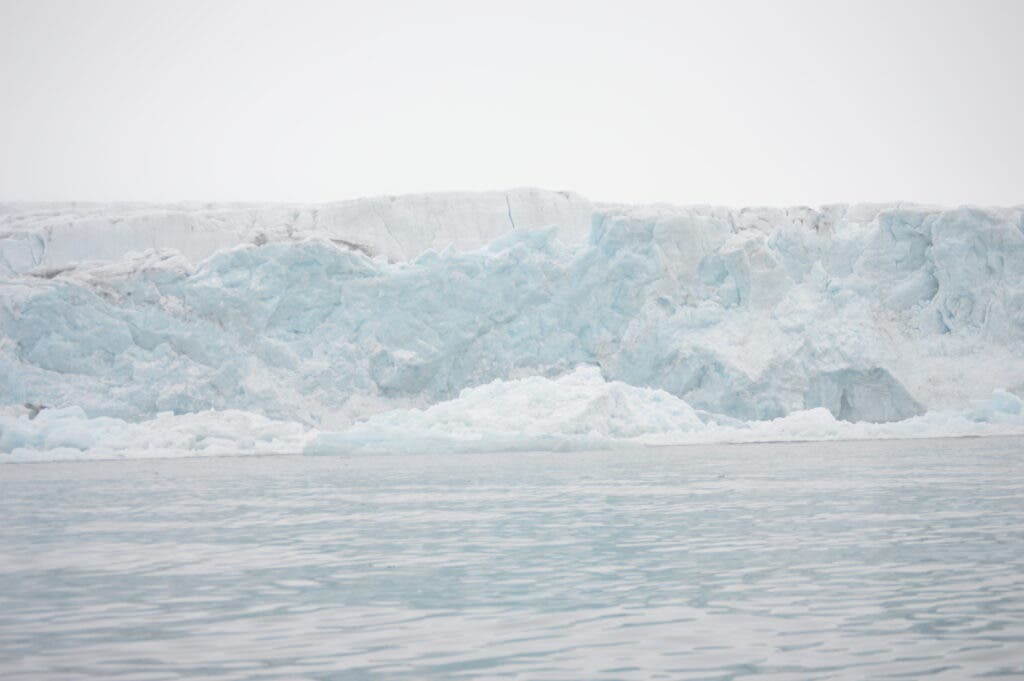
As temperatures continue to rise, glaciers continue to melt — it’s a no-brainer. However, tracking exactly how and when glaciers melt is a whole new problem, and this has been a challenging problem for years. But a team of researchers may have a solution.
Hari Vishnu, from the National University of Singapore, Grant Deane, from the Scripps Institute of Oceanography, and their research team, found that glacial ice melt releases distinct pressurized bubbles that can be detected acoustically.
“In tidewater glacial bays such as the ones we studied in Svalbard, the ice lost by the glacier is predominantly due to underwater melting and calving of the glacier,” Vishnu told ZME Science. “The underwater soundscape within a frequency band of 1-3 kHz is dominated by the sound of underwater melting of glacier ice and subsequent release of pressurized bubbles from within this ice.”
Air trapped below the glacier builds more and more pressure, holding bubbles of air that can reach pressures up to 20 atmospheres of pressure; when the ice melts, these bubbles are released and produce detectable sounds.
The essential idea is that faster melting creates a more rapid release of bubbles, and therefore more sounds.
“So we are aiming to invert this sound to try and obtain information on the melt rate of the ice. Sound cues have previously been used to estimate the amount of ice lost due to calving too, and now we are focusing our efforts on the other component, which is underwater melting.”

The acoustic intensity of this release is dependent on various parameters (including the geometry of the glacier/ocean interface, the temperature and salt composition of the water and the ice), but this intensity can also offer clues about how the ice is melting. Specifically, glaciers melt faster when exposed to warmer water, which pushes the bubbles out stronger and faster.
“This finding is exciting and significant because it tells us that the sound measured in the bay contains cues on the rate of the underwater melting, and moving forward, there is potential for us to develop techniques based on listening to this sound for monitoring the melt rate at these glaciers,” Vishnu adds.
The researchers use a vertical array of sound sensors to profile the underwater sound of a bay. It’s like an underwater acoustic camera, Vishnu explains, but ‘imaging’ acoustically only in the vertical direction. The sound from the glacier melting arrives horizontally, so other sounds can be filtered out. Ultimately, after some signal processing, the researchers can remove unwanted noise and other effects and obtain insights about how ice is melting.
In the long run, the method could be used to study glaciers on a wide area, as sound can travel long distances underwater. It would enable long-term monitoring and is relatively easy to deploy and use, the researchers say.
“Our long-term goal is to establish long-term sound recording stations in glaciers around Greenland and Svalbard to monitor their ice-loss and stability. But there are challenges involved in getting to a stage where we can do this at such a large scale accurately and using a system that can operate autonomously, and the results we have reported are a first step towards that stage.”
If confirmed (the study has not been published in a peer-reviewed journal yet), this remote sensing method could be an important method not just in terms of climate change, but also to reduce the risk for boats moving in glacier areas.
“There is ice occasionally calving off the glacier terminus, which means there is the possibility of ice falling on your head or coming up from beneath your boat if you try to approach the area around the terminus. So a monitoring method that is able to gauge the ice loss remotely is required,” Vishnu concludes
The results were presented during the 181st Meeting of the Acoustical Society of America, which will be held Nov. 29-Dec. 3, Hayden Johnson.






